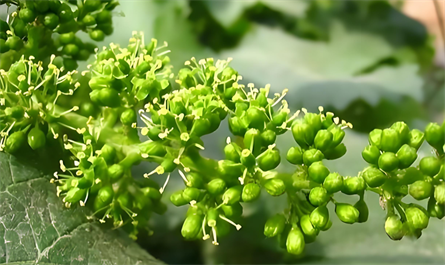Safety controversy and future direction of plant growth regulators

Risks and regulatory status
1. Potential risks:
- Some synthetic regulators (such as 2,4-D) may remain in agricultural products, and long-term intake may affect the balance of human hormones.
- Excessive use leads to imbalance of soil microbial communities and reduces ecological sustainability.
2. Global regulatory differences:
- EU: Implement a strict registration system for synthetic regulators and require the provision of ecotoxicological data.
- The United States: Allow some regulators to be used in organic agriculture, but they must be labeled "non-synthetic source".
- China: The new national standard in 2023 requires regulator labels to clearly mark the safety interval and maximum residue limit.
3. Future trends:
- Natural extracts: Biostimulants such as seaweed and chitosan replace chemical synthetics.
- Nanotechnology: Develop slow-release regulators to reduce application frequency and environmental pollution.
Plant growth regulators are an important tool in modern agriculture, but it is necessary to balance "efficient production increase" and "ecological safety". Users can choose compliant products according to their needs and follow scientific application specifications.



